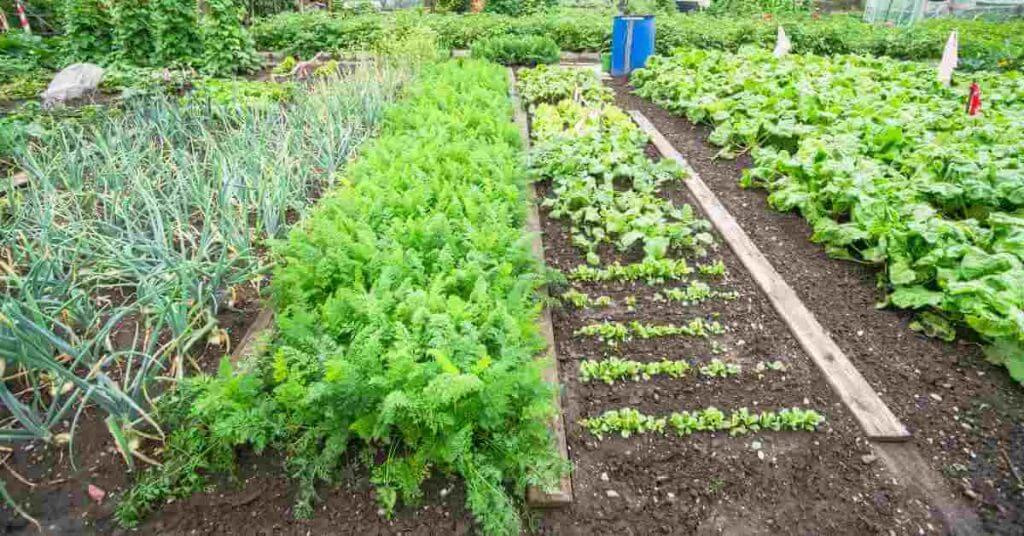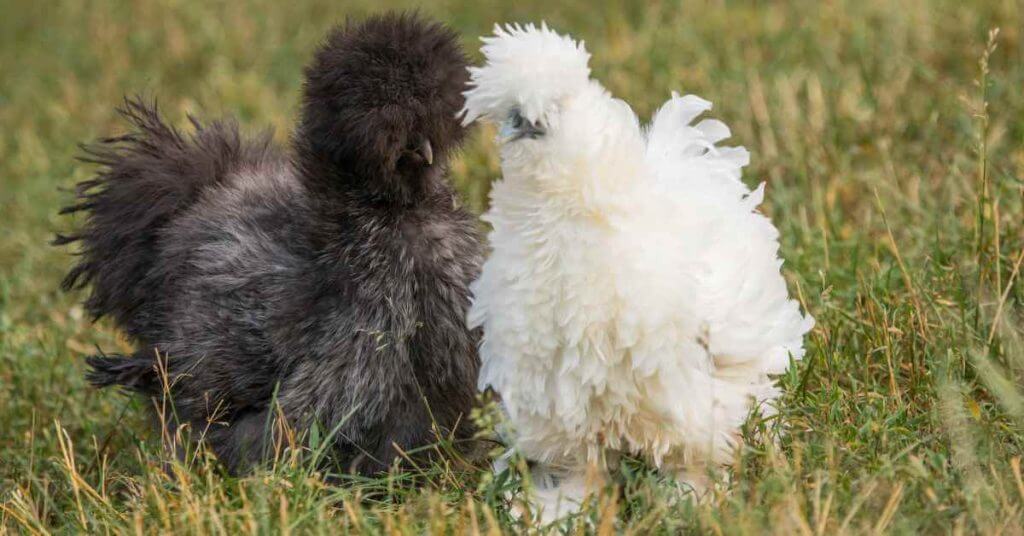
No Dig Gardening – A Beginner’s Guide
The ultimate guide to reap the benefits of no-dig gardening, complete with a step-by-step guide on building your own.

There is nothing like the taste of a ripe, homegrown strawberry, or picking fresh raspberries bursting with flavor every morning for your breakfast oatmeal.
While fruits can take several years to begin producing fruits, and generally require more space than many vegetables and herbs, the results are well worth the effort.
Fortunately, choosing the right companion plants for your fruits (and avoiding those that might compromise them) can help you on your fruit-growing journey. By increasing the survivability and fruit set of your plants, you help to ensure they keep producing as much of the good stuff as possible.
When it comes to companion planting, fruits are more takers than givers, requiring help from other companion plants as opposed to providing it.
This is primarily because healthy fruit trees are generally heavy feeders that remove large quantities of mineral nutrients from the soil, particularly primary macronutrients such as nitrogen, phosphorus, and potassium, along with secondary macronutrients like calcium, magnesium, and sulfur.
Whereas common vegetables can act as strong companions for others, such as tomatoes helping asparagus through repelling asparagus beetles, or cucumber vines providing a natural form of shade for lower-growing plants such as radishes, there are not that many fruits that act as companions for others themselves.
Producing fruit is a nutrient-intensive process, and fruit trees generally suck more of these nutrients away from the soil than most vegetables and herbs.
As a result, fruit plants require more space to avoid nutrient competition, meaning they are not great companion plants for others when planted nearby.
Strawberries are one of the few exceptions, and while also having significant nutrient needs, they grow close to the ground and have a relatively compact root system, meaning they can be interplanted with other crops more easily, allowing you to better maximize your space.
For anyone who has ever grown strawberries, you will know that their stolons (the runners that shoot out as a way of strawberry plants propagating themselves), grow low, wide, and very fast, making them excellent as a ground cover plant that helps to suppress weeds and keep the soil nice and moist.

As a flowering plant, they also act to attract pollinators and increase for all other flowering plants close by.
Fruit plants do, however, benefit greatly from the right companions, particularly flowering plants that will attract pollinators and increase your fruit set, as well as many aromatic herbs that provide pest-repellent benefits through their release of aromatic volatile organic compounds (VOCs).
When choosing the best companion plant for your fruits, you will want to focus on a mix of plants that help to control pests, improve pollination, and generally make better use of space.
Borage, for example, is especially beneficial for strawberries as it naturally repels pests such as aphids and hornworms, attracts pollinators with its striking star-shaped flowers, and enriches the soil with essential nutrients as it decomposes.

The companion planting chart below shows the best plants that maximize these benefits while ensuring they avoid competing for nutrients with their heavy-feeding nutrient needs.

Borage, for example, is especially beneficial for strawberries as it naturally repels pests such as aphids and hornworms, attracts pollinators with its striking star-shaped flowers, and enriches the soil with essential nutrients as it decomposes.
When it comes to companion planting, fruits are more takers than givers, requiring help from other companion plants as opposed to providing it.
This is primarily because healthy fruit trees are generally heavy feeders that remove large quantities of mineral nutrients from the soil, particularly primary macronutrients such as nitrogen, phosphorus, and potassium, along with secondary macronutrients like calcium, magnesium, and sulfur.

The ultimate guide to reap the benefits of no-dig gardening, complete with a step-by-step guide on building your own.

Although still experimental, the benefits of grounding have been demonstrated in an increasing number of studies.

A guide to Silkie chickens and everything you need to know about the breed before you buy.

Discover the benefits of organic gardening with our guide on how to make compost tea. This simple process enriches soil, promoting plant health.

The differences between grass-fed vs. grain-fed beef are vast. From nutritional value to taste and sustainability, here are the key differences.

Growing microgreens at home with trays is the easiest and cheapest method to begin growing a substantial amount of your own food.
Lorem ipsum dolor sit amet, consectetur adipiscing elit. Ut elit tellus, luctus nec ullamcorper mattis, pulvinar dapibus leo.